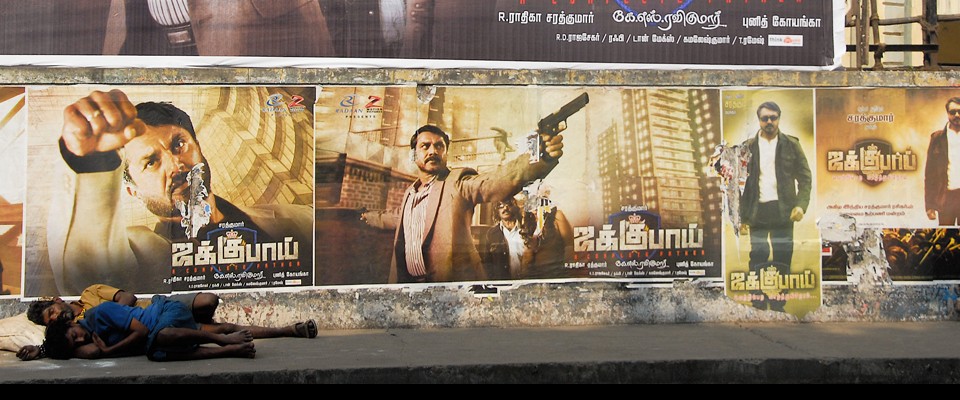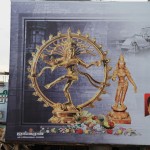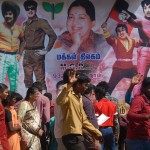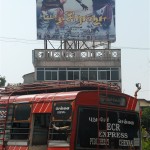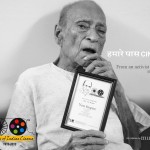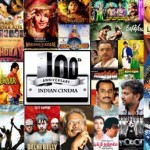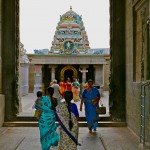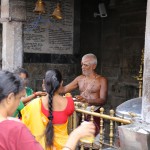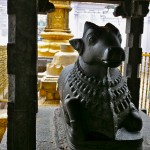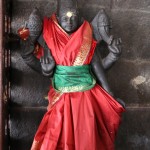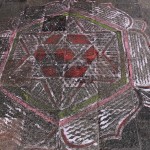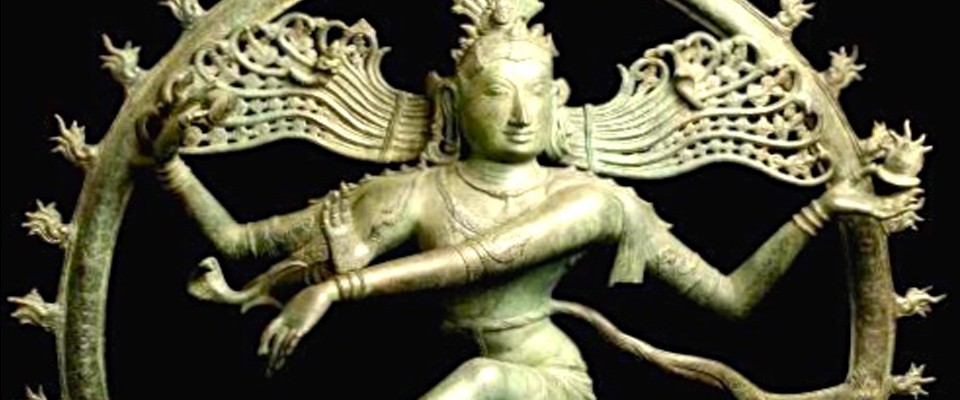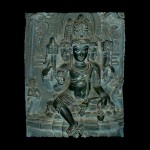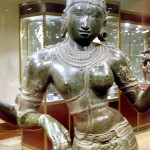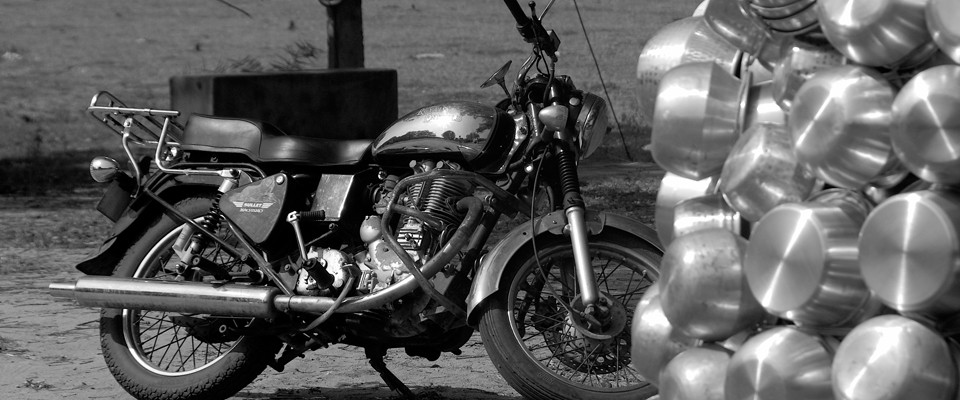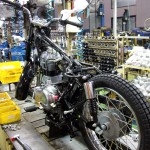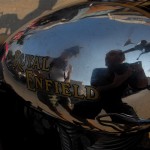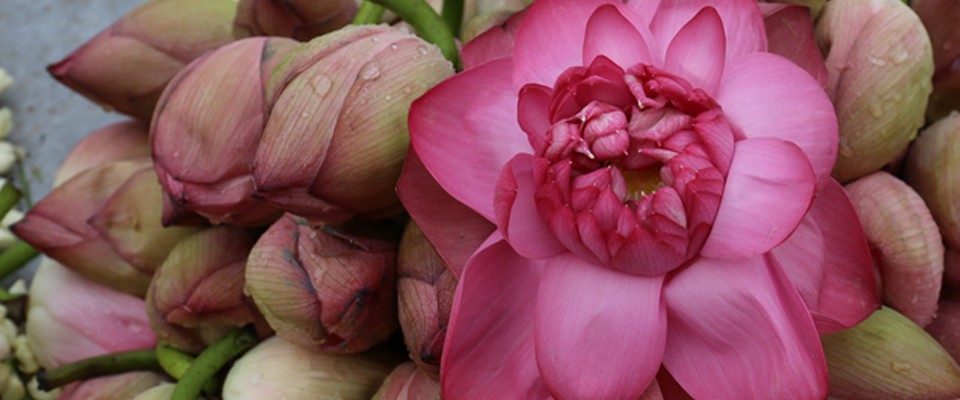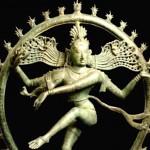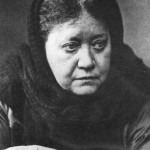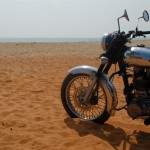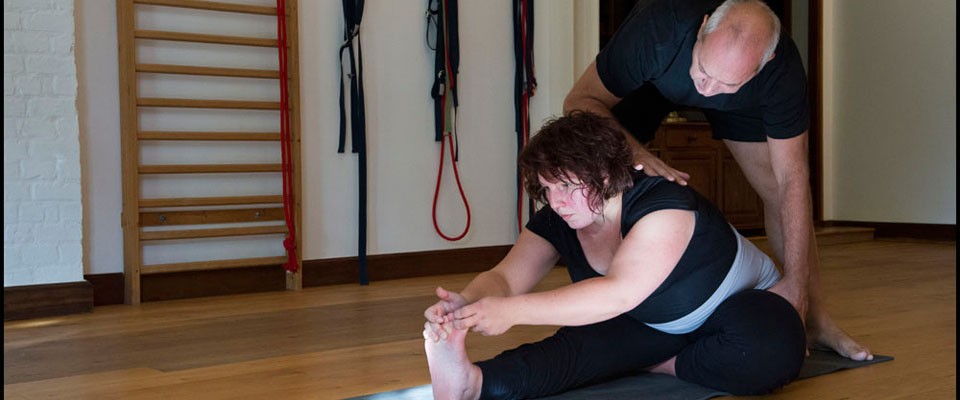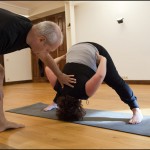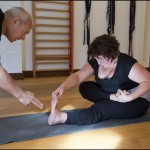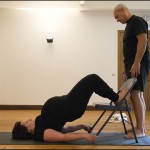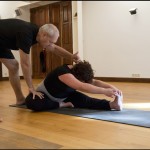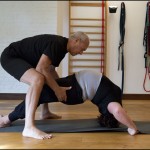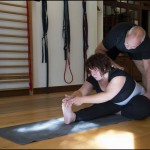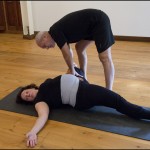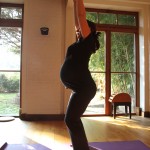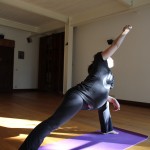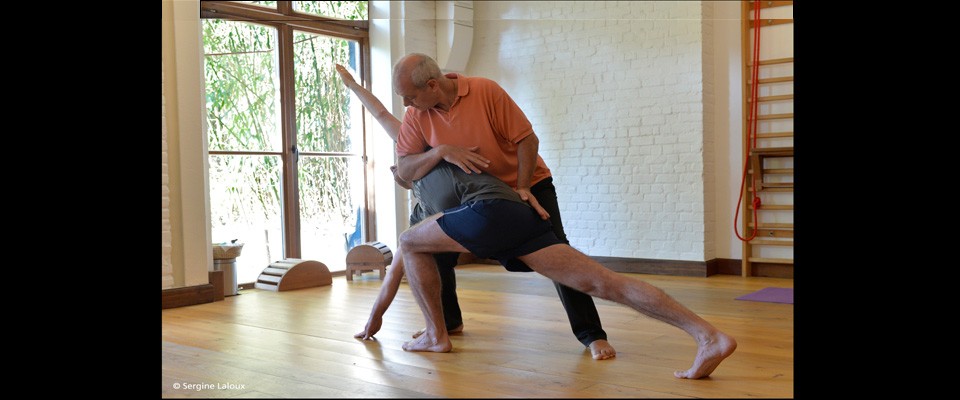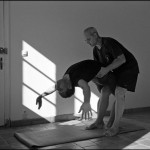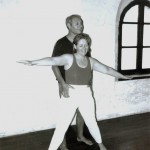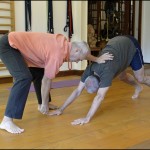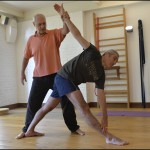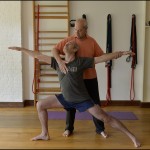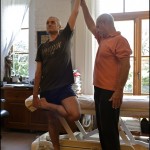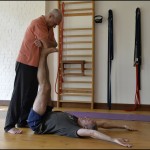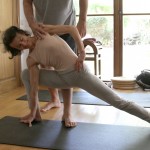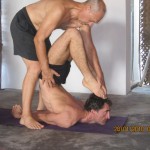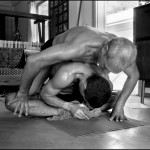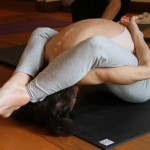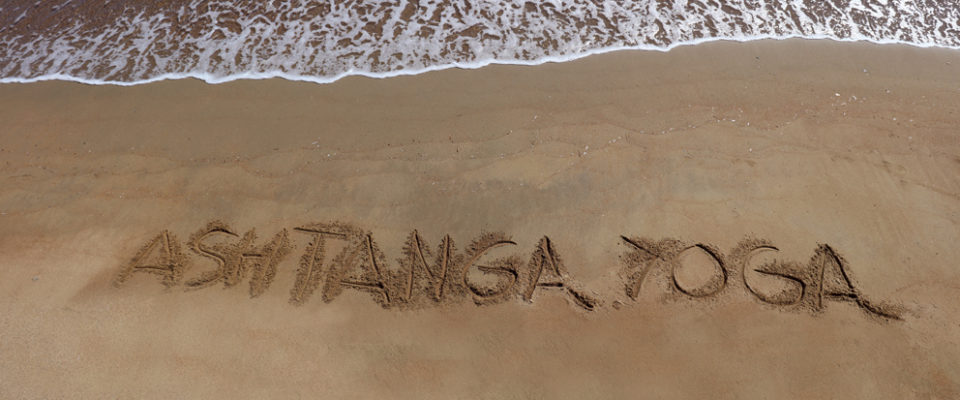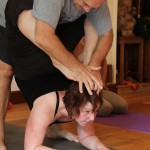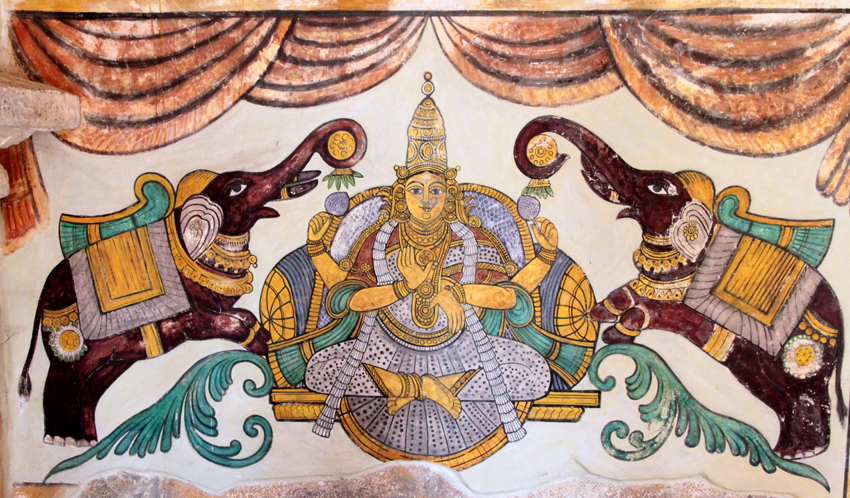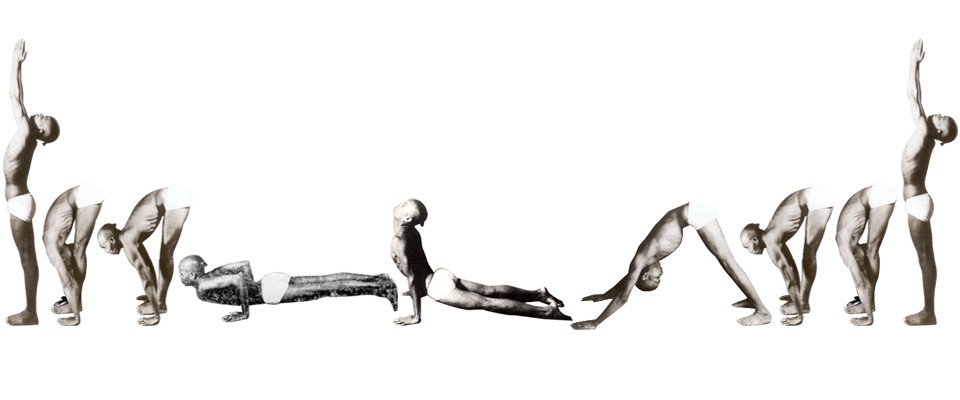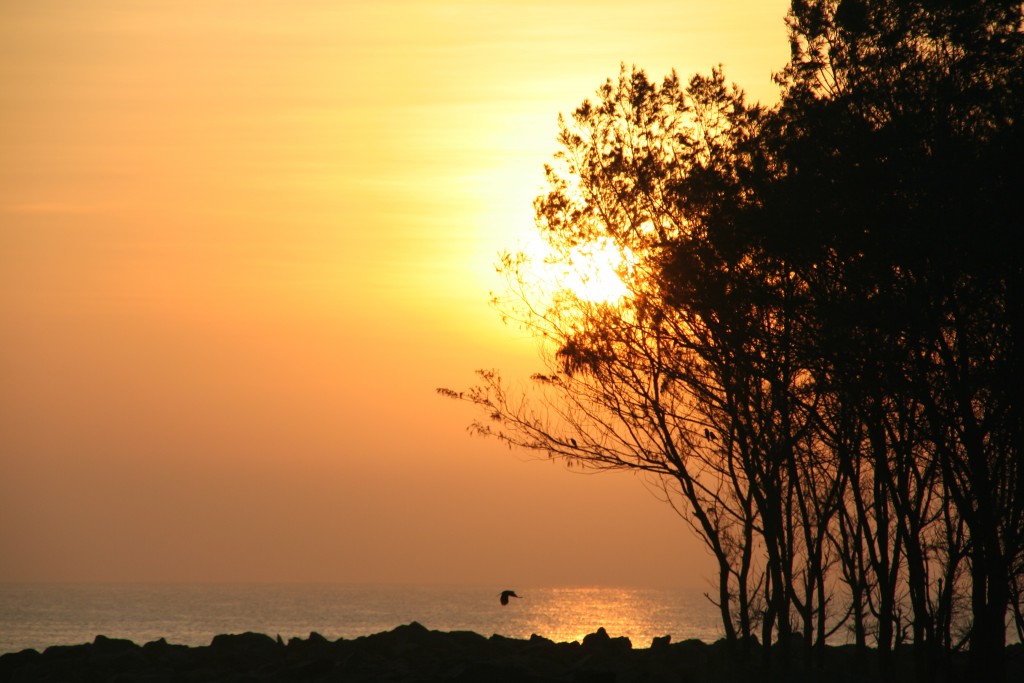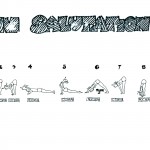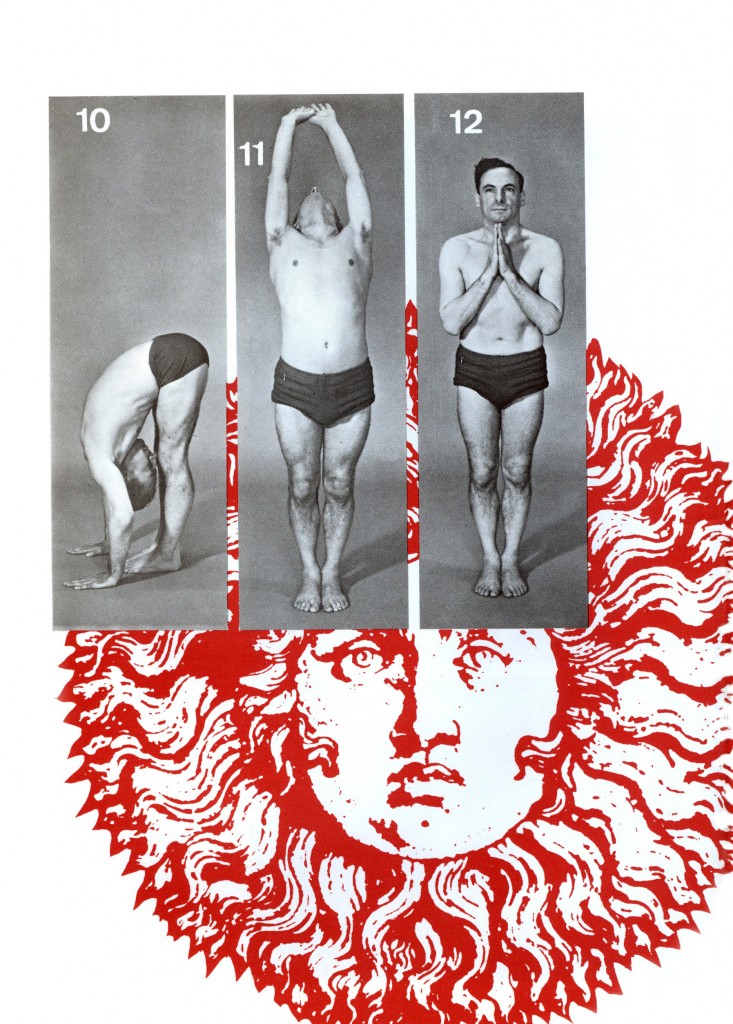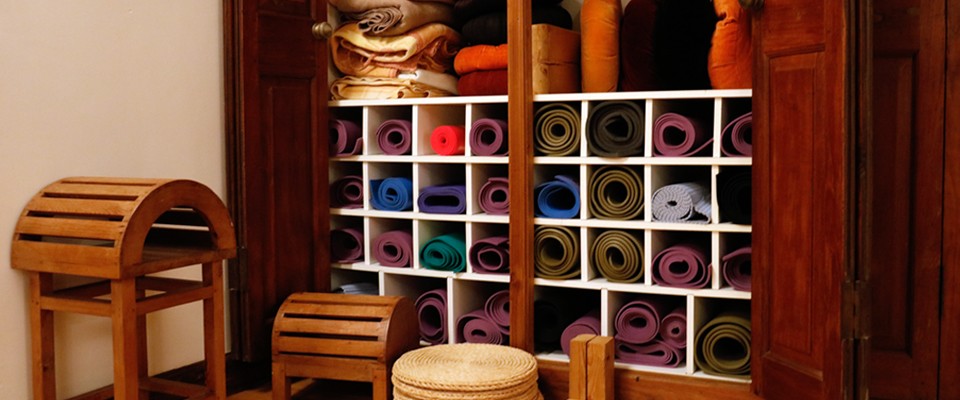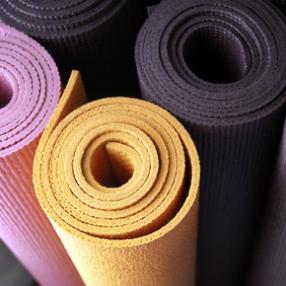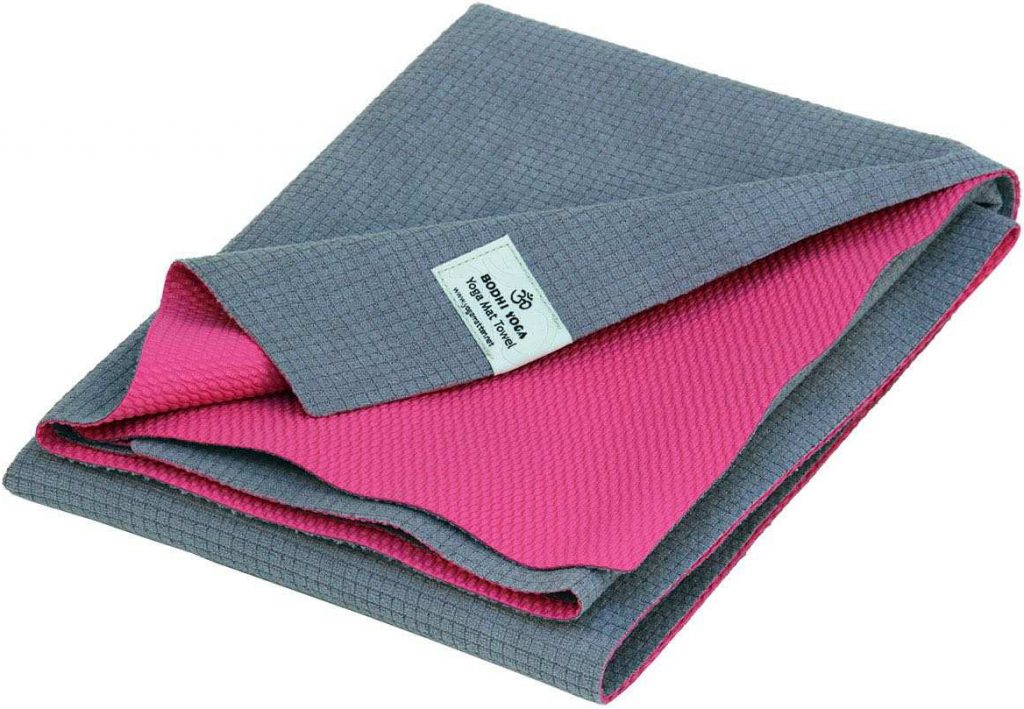Warning: Array to string conversion in /home/ashtangarc/www/wp-content/plugins/carousel-without-jetpack/carousel/jetpack-carousel.php on line 252
Warning: Array to string conversion in /home/ashtangarc/www/wp-content/plugins/carousel-without-jetpack/carousel/jetpack-carousel.php on line 252
Warning: Array to string conversion in /home/ashtangarc/www/wp-content/plugins/carousel-without-jetpack/carousel/jetpack-carousel.php on line 252
The major film studios are nicknamed Kollywood. They compete with those of Bombay …(Bollywood). There are the AVM studios and the Prasad studios. Unlike the Bombay studios, they are generally open to visitors.
You must have the luck to pass by on a day where there is a shooting.
I attended a filming in the Prasad studios, and found it very amusing, especially because of the contrast between some very basic logistics and some hyper sophisticated equipment. The cardboard decorations with the colour remaining stuck on my fingers were not bad either !
- Cinéma
- Centre cinéma entre Chennai & Mahabalipuram
- Affiche cinéma indien
- Affiche
- Poubelle devant affiche
- Affiche
- File deant une affiche de cinéma
- Grande affiche de cinéma
India remains the largest producer of films in the world.
The film industry in India is the largest in the world, 4 times that of Hollywood
These films have a huge success in India, but also in Indonesia, Iraq, Africa: Egypt, Morocco, Nigeria etc..
Why do we know almost nothing of this cinema, here?
It has the reputation of being superficial, kitsch, without artistic creativity. Always the same stories with variations on the theme of love or the struggle of good against evil, and the actors play very stereotypical roles. The characteristics of these movies are: they last over 3 hours; the scenarios are always interspersed with songs (5-6 songs), music and sumptuous choreographies, a finely tuned mixture as the spices in a curry
Movies, songs
Very commercial, this cinema meets the public expectations who require several dances, a love story, comedy, melodrama, all according to a carefully balanced mixture like the spices in a “masala” or a “curry”.
Unlike Hollywood where music is a genre in itself, in Indian cinema, songs and dances are an integral part of the unfolding of the story and screenplay.
It is a cinema, standardized to the extreme and famous for it’s kitsch. In fact, it is simply a different cinematic language to ours. As explained by Anne-Gaëlle Doshi, consultant in the seventh art of the subcontinent :
“Indian cinema has very strict and very Indian codes traveling poorly in the West, which is what causes the reluctance, but once these codes are acquired and have been accepted, it can be lots of fun.”
The year 2013 saw the centenary of the Indian film industry: “100 Years Of Indian Cinema industry.”
Photos :
Videos :
South India and music :
A glimpse on Madras – Chennai :
For Tamil movies :
- http://www.tamilwire.com/ (excellent link)
And also the site :
